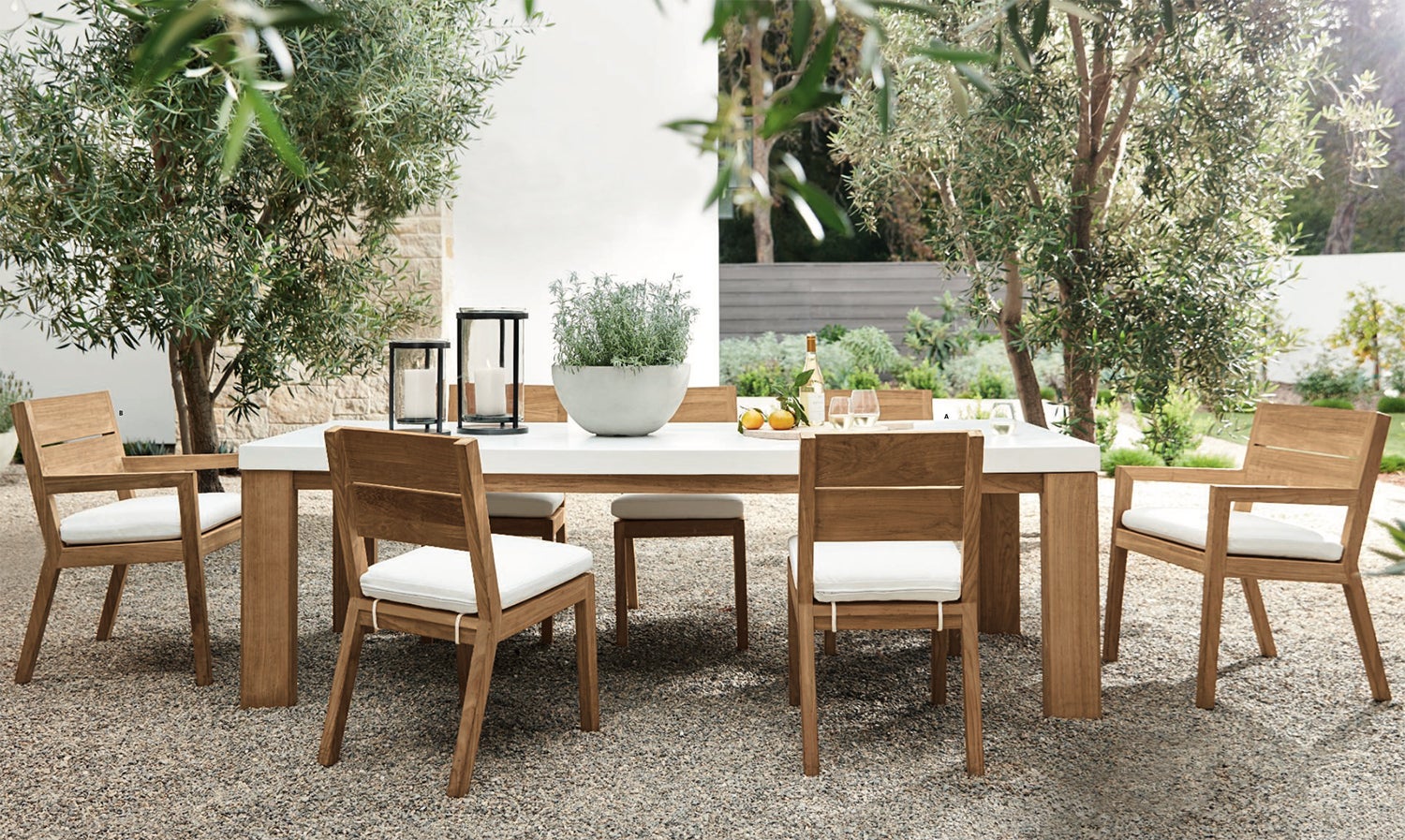Williams-Sonoma had a spectacular year—but the company says you ain’t seen nothing yet.
After the company announced its resoundingly positive fourth-quarter and fiscal year earnings yesterday, Wall Street was impressed enough to send its stock up about 20 percent in early next-day trading. Coming off a year when its online business exploded and it benefited greatly from the surge in the overall home furnishings business, the big specialty chain says it is poised to continue the home run with a number of advantages that will allow it to not only stay strong as the pandemic lessens, but also gain market share from weaker competitors.
Here are the top 10 reasons why Williams-Sonoma expects its recent strong performance—and to some extent that of the entire home furnishings sector—to continue through 2021 and into next year.
1. Demand is still surging
Home will remain the center of activities, even as people begin to venture out again as vaccination rates increase and we all feel better about being in public with others. Last year, the company’s kitchen and cookware unit was its fastest-growing nameplate, up nearly 24 percent overall. This year, CEO Laura Alber projects that the pent-up demand for home entertaining, especially during the summer months and then around the fourth-quarter holidays, will drive strong home product sales.
2. Supply chain slowdowns will soon abate
The current logjam in the supply chain—caused by COVID-related factory and port shutdowns and diminished capacities, as well as shortages in shipping containers—should begin to lessen in the back half of the year. That could create a new wave of business of delayed and postponed orders.
3. E-commerce is strong
Williams-Sonoma’s “digital-first but not digital-only” strategy positions the company to take advantage of shopping patterns going forward. For the fourth quarter of 2020, the company did 70 percent of its business online—a 47 percent increase in its e-commerce business, and a major shift from its more traditional 50-50 split between in-store and e-commerce. Its history as a direct-to-consumer brand gives it the capabilities to serve customers any way they want to shop.
4. Its product range is wide
The retailer’s recent assortment expansion—featuring more opening-price-point goods, seasonal decor, outdoor products in its West Elm division, and bath renovation products across multiple nameplates—has allowed it to grow its overall business beyond its traditional product mix.
5. Technology is boosting sales
The company’s AI initiatives have increased the sales rates at its brands, including Pottery Barn, PBKids and PBTeen, and its namesake kitchen unit. Shoppers who use its online artificial intelligence tools—including 3D modeling and view-in-room options—generally spend twice as much as those who don’t.
6. In-house design services are in demand
An increased focus on design services is also resulting in more sales. About half of the company’s in-store business last year was generated by customers working with staff designers. Its virtual design service business is also growing, and improving the digital infrastructure around those services will get 85 percent of the company’s capital spending this year, up from 50 percent in 2020.
7. It’s meeting consumers wherever they are
Omnichannel-driven sales (where consumers used several platforms to shop and transact) were up 130 percent last year. Tools to facilitate omnichannel shopping (offerings like curbside pickup and “buy online, pick up in-store” services) have allowed the company’s stores to continue to play a big role in the business even as sales at physical stores declined about 7.6 percent in Q4 of 2020.
8. Third-party products are growing
Williams-Sonoma’s nascent “marketplace” business, where it sells third-party branded goods, only represents 4 percent of its overall revenue—though that’s still $6.78 billion. The company said that it expects to triple that figure over the next five years.
9. It’s got luxury products covered
Other growth areas include high-end luxury home furnishings (where it says it is “underrepresented” and sees “significant opportunities”); continued expansion overseas (where it expects to double revenue over the next five years, led by its West Elm brand); and continued emphasis on its exclusive designs and growing U.S. sourcing capabilities.
10. Leadership is confident
Even as the home business will remain strong, the company says it expects to gain market share. In announcing its fourth-quarter earnings, Alber painted a bright picture that she most certainly hoped would put skeptics to rest: “Looking ahead, we are very optimistic about our runway for growth and profitability. All of our brands are starting the year strong, and we expect this strength to continue through 2021 and beyond.”
Sounds like a grand slam for Williams-Sonoma.
Homepage image: The Lanarca outdoor furniture collection from the Williams-Sonoma Home summer 2021 e-catalog | Courtesy of Williams-Sonoma Inc.
____________
Warren Shoulberg is the former editor in chief for several leading B2B publications. He has been a guest lecturer at the Columbia University Graduate School of Business; received honors from the International Furnishings and Design Association and the Fashion Institute of Technology; and been cited by The Wall Street Journal, The New York Times, The Washington Post, CNN and other media as a leading industry expert. His Retail Watch columns offer deep industry insights on major markets and product categories.




























